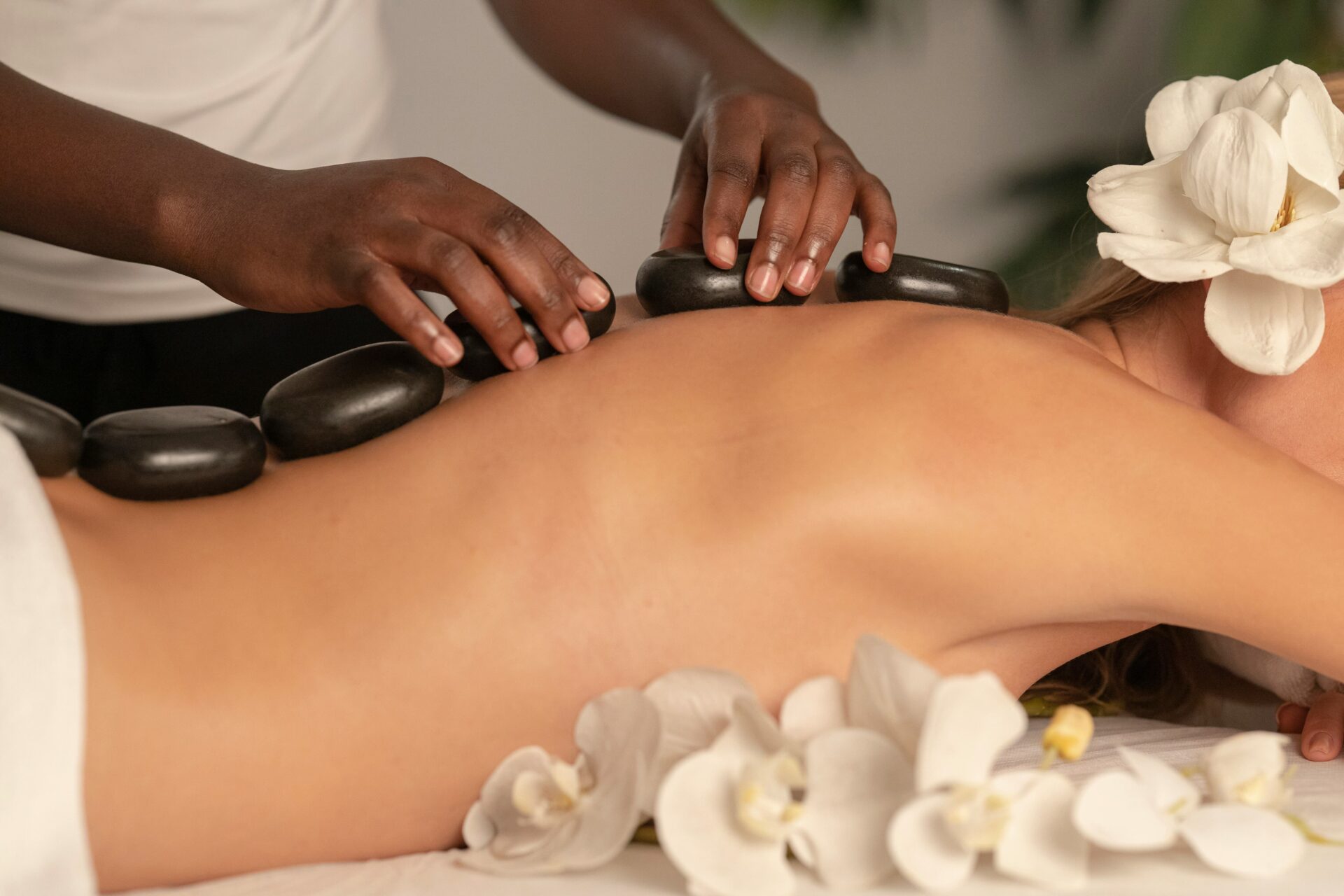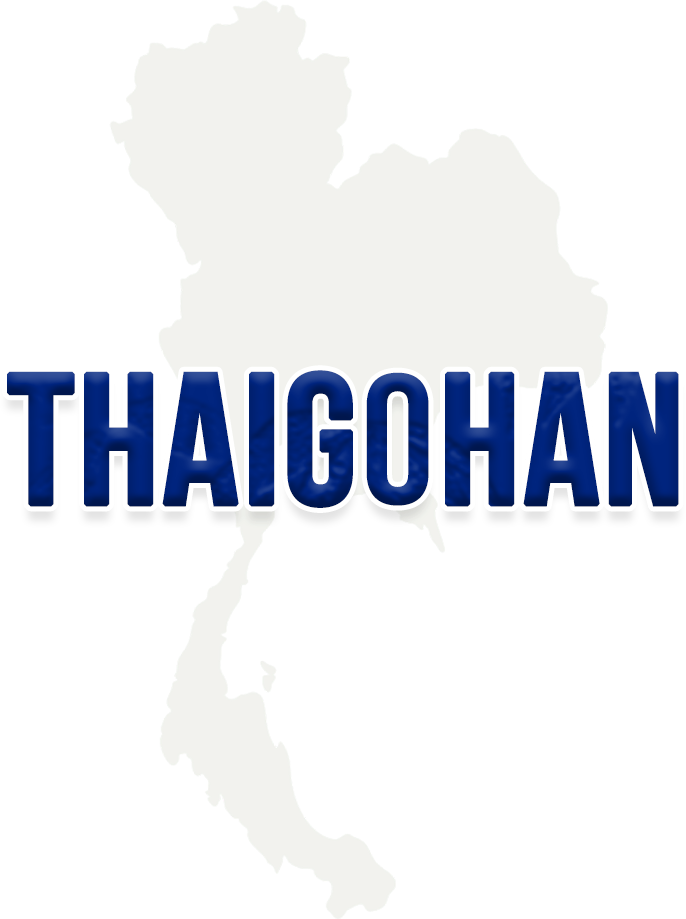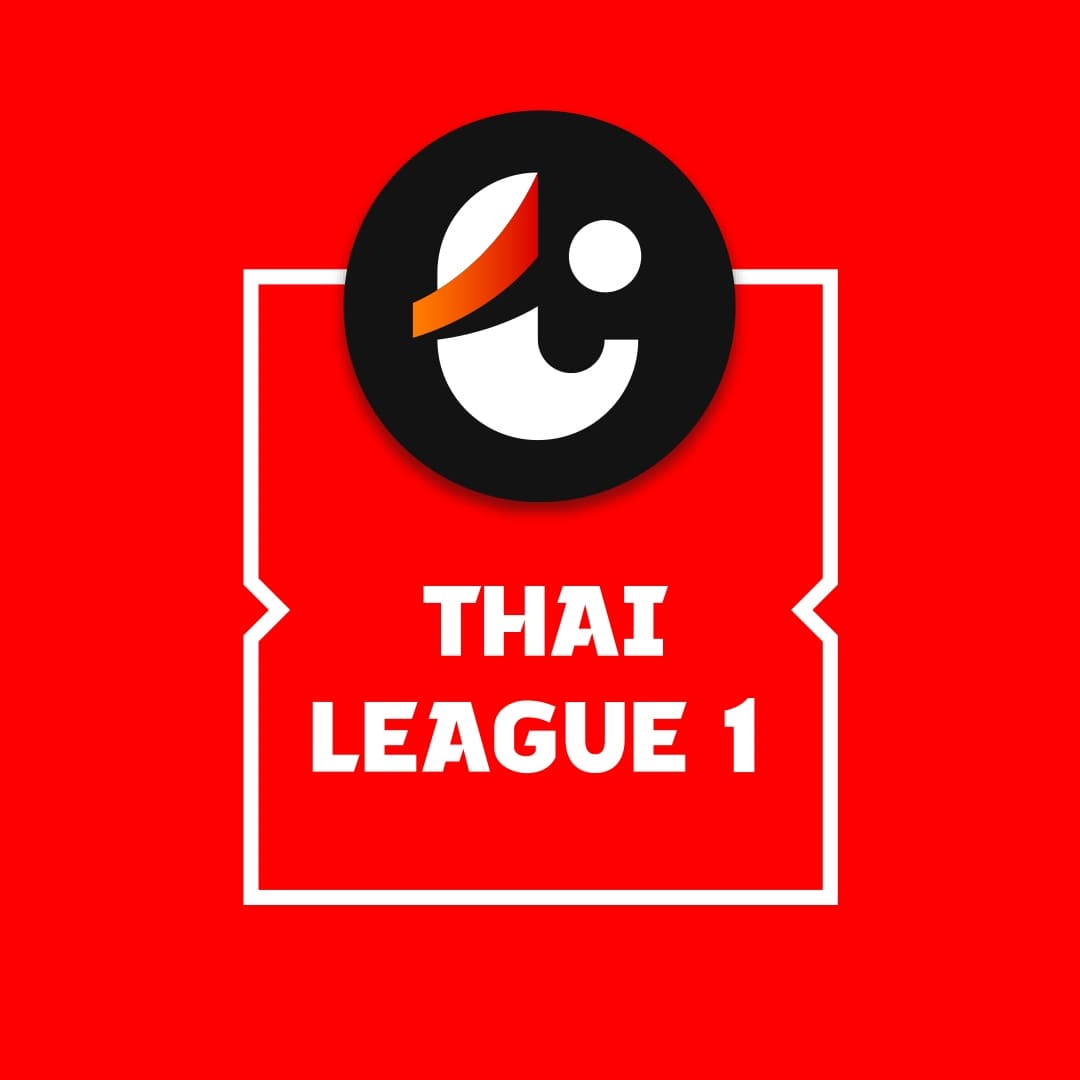What is Thai Traditional Massage? A Comprehensive Guide to Its Origins and Benefits

Thai Traditional Massage, also known as Nuad Thai, is an ancient healing practice with a history spanning over 2,500 years. This massage technique, which combines acupressure along the body’s energy lines (known as Sen) and yoga-like stretching, is highly regarded for its ability to relieve stress and promote relaxation. In this article, we will explore the origins, unique features, and modern benefits of Thai Traditional Massage in detail.
目次
1. The Origins and History of Thai Traditional Massage
The origins of Thai Traditional Massage can be traced back to ancient India, influenced by Ayurveda, and to China, where traditional medicine played a key role. It is believed that this technique was introduced to Thailand by Buddhist monks over 2,500 years ago, where it became an integral part of monastic practices. In Thailand, massage was considered as important as meditation for maintaining physical and mental well-being.
One of the most significant historical centers for Thai Traditional Massage is the Wat Pho temple in Bangkok, where this art has been taught and preserved for generations. Even today, Wat Pho remains a hub for those seeking to learn or experience authentic Thai massage.
Over centuries, Thai Traditional Massage has evolved while staying true to its roots, becoming not only a national health practice but also a popular therapy among tourists visiting Thailand.
2. Key Characteristics of Thai Traditional Massage
Thai Traditional Massage differs from other forms of massage in several distinct ways. Here are the main characteristics that set it apart:
- Acupressure Along Energy Lines (Sen)
The massage focuses on applying pressure along the body’s energy lines, known as Sen. These lines are believed to be pathways through which life energy (Prana) flows. By stimulating these points, the massage aims to restore balance and harmony to the body and mind. - Yoga-Like Stretching
Thai Traditional Massage involves stretching the recipient’s body into various positions, similar to yoga poses. These stretches help to enhance flexibility, relieve muscle tension, and improve circulation. The experience can feel like a combination of massage and passive yoga. - Rhythmic Movements and Breathing
The massage is performed in slow, rhythmic movements that align with the recipient’s breathing. This synchronization of movement and breath not only enhances the relaxing effects but also helps in creating a deep state of relaxation and mental clarity.
3. The Benefits of Thai Traditional Massage
Thai Traditional Massage offers a wide range of physical and mental health benefits. Here are some of the key advantages:
- Stress Relief
The deep relaxation induced by Thai Traditional Massage helps to alleviate mental stress and anxiety. The slow, rhythmic pace and synchronized breathing contribute to a calming effect that leaves the recipient feeling rejuvenated. - Muscle Tension Relief
Whether due to prolonged sitting, lack of physical activity, or intense exercise, muscle tension is a common issue. Thai massage effectively loosens tight muscles, improves flexibility, and relieves stiffness, making it particularly beneficial for those with sedentary lifestyles. - Improved Circulation
The combination of acupressure and stretching enhances blood circulation throughout the body. This improved circulation helps to deliver oxygen and nutrients more effectively to the muscles and organs, promoting overall health and well-being. - Energy Balance Restoration
By working along the body’s energy lines, Thai Traditional Massage helps to restore the flow of life energy (Prana) within the body. This balance is believed to support overall health, boost immunity, and enhance the body’s natural healing processes.
4. The Role of Thai Traditional Massage in Modern Life
In today’s fast-paced world, Thai Traditional Massage serves as a powerful tool for stress management and holistic wellness. It offers a natural and effective way to counteract the physical and mental strains of modern life. As more people seek alternative therapies to enhance their health, Thai Traditional Massage has gained global recognition and is now widely available in spas and wellness centers around the world.
Moreover, with the increasing awareness of the importance of self-care, many individuals are incorporating Thai Traditional Massage techniques into their daily routines for relaxation and health maintenance.
5. Tips for Experiencing Thai Traditional Massage
For those new to Thai Traditional Massage or seeking to maximize its benefits, here are some tips:
- Choose a Qualified Practitioner
Thai Traditional Massage requires specialized training, so it’s important to choose a practitioner who is certified and experienced. Look for reputable massage centers or therapists with good reviews to ensure you receive the best care. - Communicate Your Needs
Before the massage begins, communicate any health concerns, pain points, or areas where you would like special attention. This helps the practitioner tailor the massage to your specific needs. - Relax and Breathe Deeply
During the massage, focus on relaxing and breathing deeply. This will not only enhance the experience but also help you achieve the maximum benefits from the treatment.
Conclusion
Thai Traditional Massage is a time-honored healing art that continues to offer significant health benefits in the modern world. From relieving stress and muscle tension to improving circulation and restoring energy balance, it is a comprehensive approach to well-being that has been cherished for centuries. Whether you are seeking to relieve the stress of daily life or improve your overall health, Thai Traditional Massage is a practice worth exploring.
(Photo by Unsplash.com)




